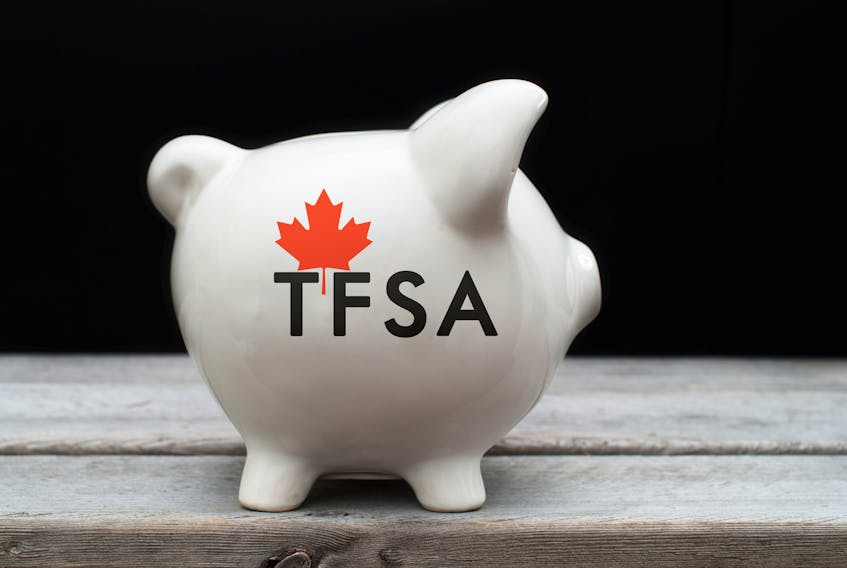How do you contribute to your registered retirement savings plan (RRSP) and your tax-free savings account (TFSA)?
Do you make regular contributions through the year? Do you contribute when a friend or family member nudges you? Do you remember to do so when your professional advisor reminds you? Or, do you want to make up for last year when you forgot to invest in or top up your RRSP or TFSA?
It really doesn’t matter what motivates you to contribute – what matters is that you do make regular contributions.
Here’s why.

Investment experts agree: An RRSP is the best retirement savings strategy for most Canadians. Your contributions and all the investment earnings that accumulate in your plan are tax exempt until you start using the money in retirement. Add in the fact that your contributions can be used to reduce taxes and the magic of compounding that enhances RRSP growth over time and it’s easy to see why a registered plan makes such good financial sense.
To get the most in immediate tax savings and long-term growth from your RRSP, always make your maximum contribution each year. For 2018, the maximum RRSP contribution is $26,230 (contribution room is based on your previous year income — how much you can contribute can be found on your most recent notice of assessment from the Canada Revenue Agency.) The RRSP contribution deadline for the 2018 tax year is March 1, 2019. If you have any unused contribution room left over from previous years, fill it up as quickly as possible for maximum long-term tax-deferred growth and additional tax savings.
Your RRSP contribution tax deduction can be carried forward to future tax years, which can be useful if you expect a jump in income in the next few years.
TFSAs are an excellent and flexible way to save. You put your money into a TFSA and you get your money back out – at any time, for any purpose. With a TFSA, there is no tax deduction for your contributions, but all TFSA investment earnings are totally tax-free and will not trigger clawbacks on federal tax credits or benefits programs (such as the Guaranteed Income Supplement, Old Age Security, Age Credit, GST Credit or Canada Child Benefit).
The current annual maximum TFSA contribution is $5,500, plus the full amount of any previous year withdrawals. If you don’t use all your contribution room right away, it accumulates year after year – fill it up any time you want.
By the way, your TFSA contributions do not affect your RRSP contribution room.
There’s no doubt that regular contributions to a RRSP and TFSA are vital to your financial future. Your professional advisor can help you get the most from a RRSP, a TFSA and every other element of your overall financial plan.
Jeff Somers, BA, RRC, CFP works at Investors Group in Charlottetown. This column, written and published by Investors Group Financial Services Inc. and Investors Group Securities Inc. presents general information only and is not a solicitation to buy or sell any investments. Contact your own adviser for specific advice about your circumstances.









